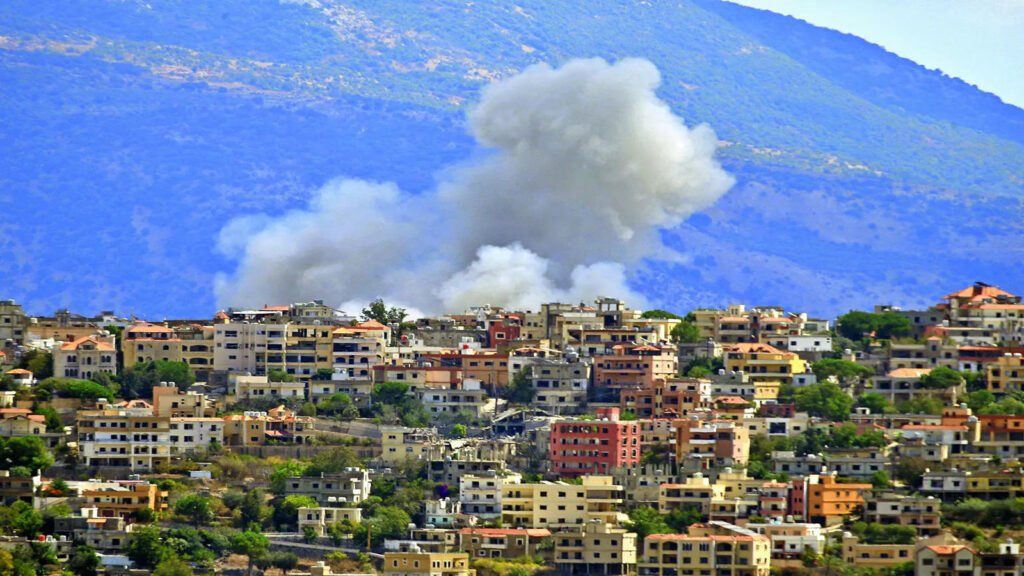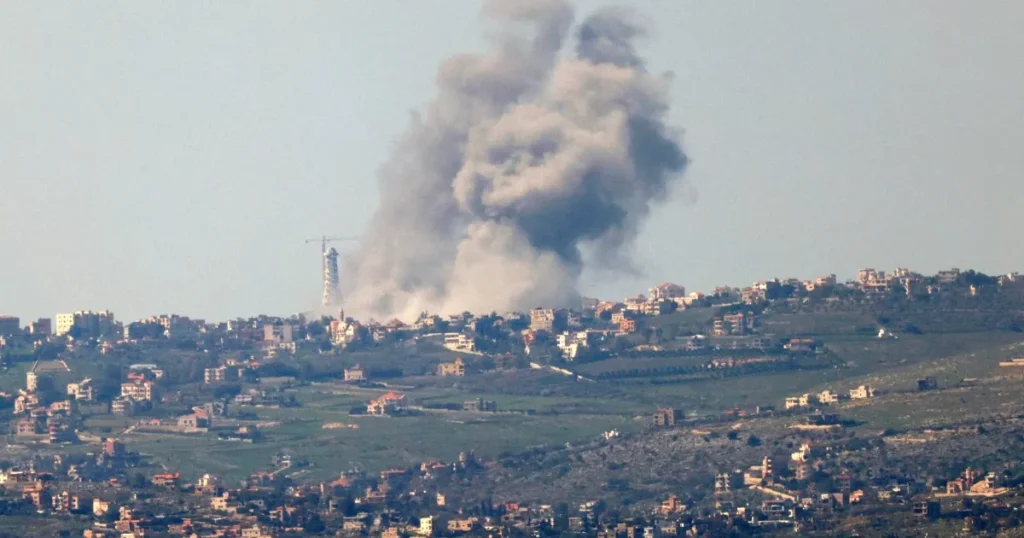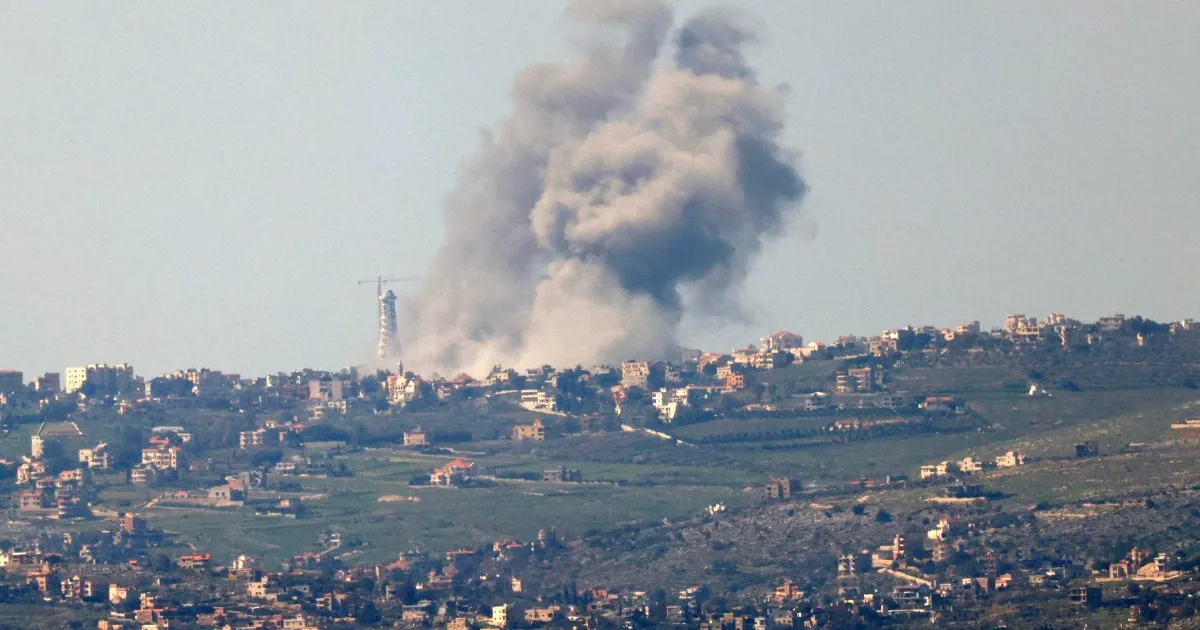| In Short |
| · Israeli Airstrikes: Israel conducted airstrikes on over 100 Hezbollah rocket launchers in southern Lebanon to prevent an imminent large-scale attack on central and northern Israel |
| · Targeting Hezbollah: The strikes were aimed at crippling Hezbollah’s operational capabilities, focusing on rocket launchers and military nests, significantly damaging Hezbollah’s capacity to retaliate |
| · Assassination Plot: The airstrikes came shortly after news surfaced of an Iranian-backed assassination plot targeting Israeli Prime Minister Benjamin Netanyahu |
| · International Response: The U.S., under President Biden, reaffirmed its support for Israel while urging caution to prevent the situation from escalating into a broader regional conflict |
| · Ongoing Tensions: The conflict highlights the ongoing tension between Israel and Hezbollah, backed by Iran, with the potential for further escalation if Hezbollah continues its aggressive actions |
Conflicts in the Middle East have escalated since the start of the week following Israel’s assault on Hezbollah strongholds in southern Lebanon through a succession of airstrikes. The strikes are part of a larger campaign to neutralize dangers posed by an Iran-backed militant group, which has lately increased its attacks on Israeli positions. The violence came after fresh revelations that Iran is suspected to have attempted to assassinate Israeli Prime Minister Benjamin Netanyahu. And all this refers to the possible flare-up between Israel and Hezbollah, that raises the real possibility of further flare-ups in this region’s fragile geopolitical situation.
Israeli Strikes against Hezbollah Installations
On 19 September 2024, the Israeli military, known as the IDF (Israel Defense Forces), launched a series of precision airstrikes on Hezbollah positions in southern Lebanon. The strikes targeted more than 100 rocket launchers said to be prepared for a large-scale assault on central and northern Israel. Military sources said Hezbollah had prepared to launch a coordinated assault, which led the IDF to carry out preemption to thwart an imminent threat.

Video recordings of the assault confirm rocket launchers and military nests destroyed in different parts of southern Lebanon, which crippled Hezbollah’s operational abilities. The assaults gave a significant blow to the volume of the attack but were also timely-for just days after the news broke out of an assassination plot backed by Iran, aimed at Netanyahu.
Assassination Plot and Regional Tensions
Israeli airstrikes are believed to be closely linked to reports of an alleged plot by Iran to kill Prime Minister Benjamin Netanyahu. While the threats of both Hezbollah and Hamas have long ruffled Israel’s feathers, an alleged plot by Iran has brought more fear about the potential Iranian influence across the region. Intelligence sources suggest that the recent aggressive moves by Hezbollah seem to be a launchpad for a larger agenda by Iran, which includes destabilizing the balance of power in Israel and gaining control of Lebanon through its proxies.

Israeli officials, along with their foreign friends in the United States, have been thoroughly collaborating to try not to let the situation worsen further. President Joe Biden has been keenly keeping track of all the happenings and reiterated that the United States stands firm towards Israel’s right to self-defense. The Israeli and U.S. officials have had conversations not to let tensions grow into a full-scale regional conflict, although the tensions are still prevailing
Role of Hezbollah in the War:
The group itself, Hezbollah is a powerful militant organization backed by Iran. It has been the main actor in the war between the two nations-Israeli for years dominating southern Lebanon, where it has more than once operated it as a launch pad to strike Israel. As a retaliation, Israel has taken out several attacks on Hezbollah’s military infrastructure targeting rocket launchers and armories.
During this last round of strikes, the IDF concentrated on weakening Hezbollah’s rocket launching capabilities, which have been one of the biggest threats to Israeli civilians. Over 100 launchers were said to have been destroyed in this last round of strikes, seriously weakening Hezbollah’s ability to execute the attacks. The group had been planning a revenge operation against Israel since the series of incidents that had been recorded over the last few months, with the most significant being the killing of a senior Hezbollah commander earlier in the year
Consequences and Likelihood of Escalation
The Israel-Hezbollah conflict is one of the pieces in a greater, more generalist struggle between Israel and Iran, where Hezbollah merely serves as its proxy in Lebanon. While both have engaged in periods of crossfire over the years, the current escalation could well mark the final showdown. Israeli Defence Minister Yoav Gallant said the kind of attack made on Israeli cities will incur “catastrophic” responses from the IDF, and could even entail strikes on Hezbollah assets located deep within Lebanon.
Despite all this, the Israeli authorities seem to care for this conflict to be checked in its course before it grows into outright regional conflict. International society, including the United Nations, has called restraint from both parties, asking Hezbollah to ceasefire and asking Israel to limit its military engagement to some defensive ones.
Recent air strikes by Israel against Hezbollah in Lebanon represent the latest installment in their protracted stand-off. With Iran playing a robust central role in funding Hezbollah, the tension remains high and charged with a potential for increased violence. As Israel continues to fight off immediate threats and broader regional challenges, the international community looks on to some degree of de-escalation before the conflict escalates further.
As the war goes on and develops further, the Middle East once again portrays how precarious peace is within that region, including the threat constantly delivered from both state and non-state actors. The world waits to see what will soon come as Israel and Hezbollah continue planning for a long-term war.
For Latest News Updates Click Here
